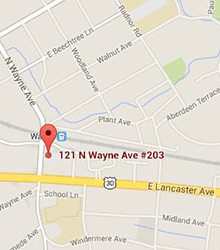My staff and I are excited to introduce Small Diameter Implants into my practice. Small diameter or mini implants, as they are called, offer many advantages for patients. Mini implants are smaller, narrower, and more conservative than traditional implants. The placement procedure is much less invasive compared to traditional implants and is easily tolerated by most patients. The amount of bone needed for successful placement of mini’s is much less than what is required for traditional implants. This makes implant therapy available to patients who previously were not candidates because they had too little bone. In addition, they can be placed for 1/3 the price of a traditional implant, which makes them much more affordable and accessible.
Mini implants excel at stabilizing removable partial and full dentures. My favorite uses for mini implants are :
1) Stabilizing ‘floppy’ lower dentures
2) Replace metal clasps on upper partial dentures to improve the esthetics
3) Offer implant technology to patients who previously could not tolerate traditional implant therapy
I have partnered with 3M ESPE to offer the MDI Mini Implant. This company has a long history of expertise and success in the field. They have a great patient web site at www.mymdistory.com. Check it out for some great information.
There are some limitations to mini implants. Unlike traditional implants, they are not used to replace single teeth. Also, they are not used to anchor fixed (non-removable) dental restorations (like a bridge). In some parts of the mouth, the bone is too weak to support a mini implant and a traditional implant is the best option. When deciding between traditional and mini implants, there are a lot of factors to consider. I would be happy to discuss the pros and cons at your next visit.

